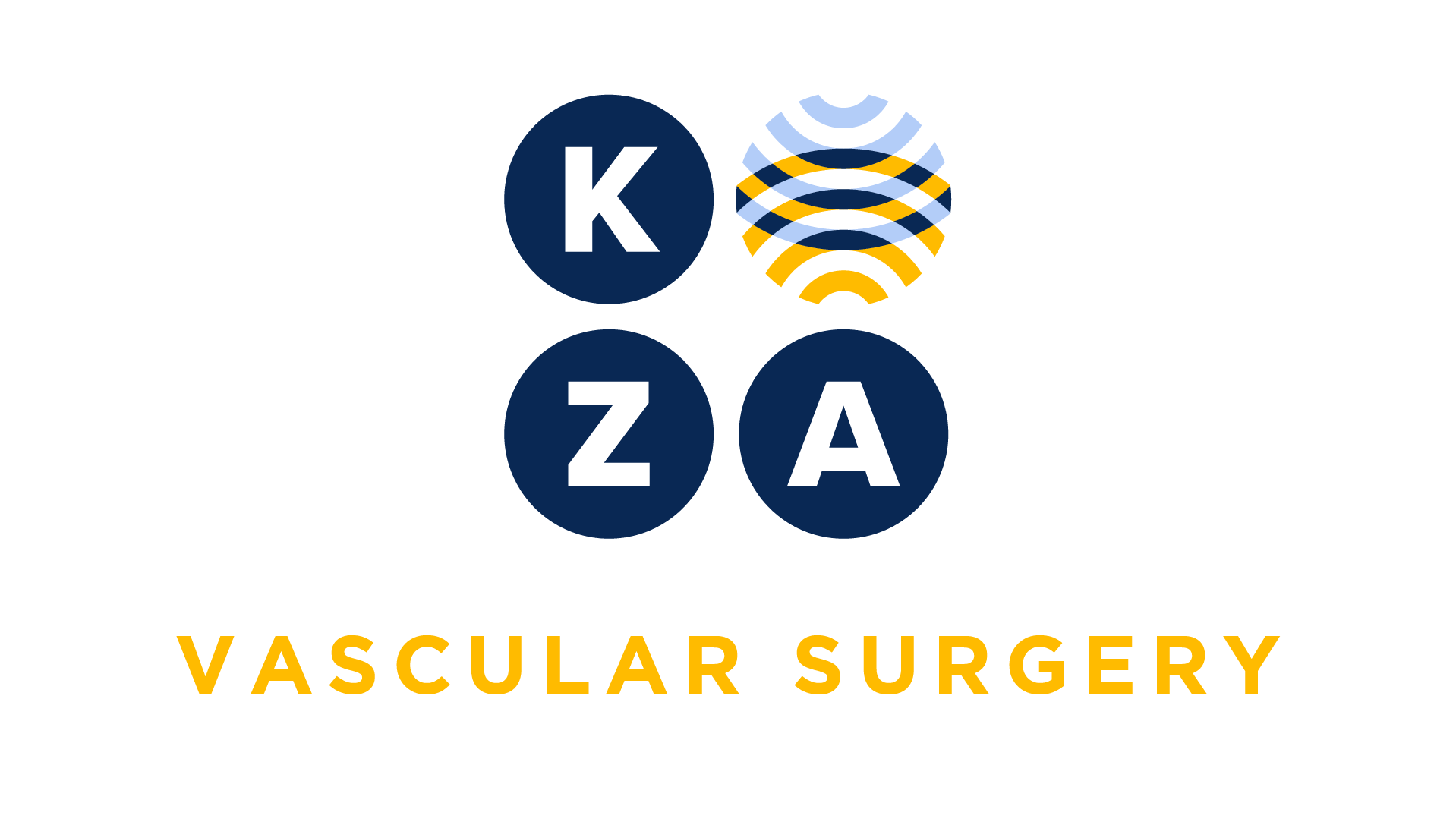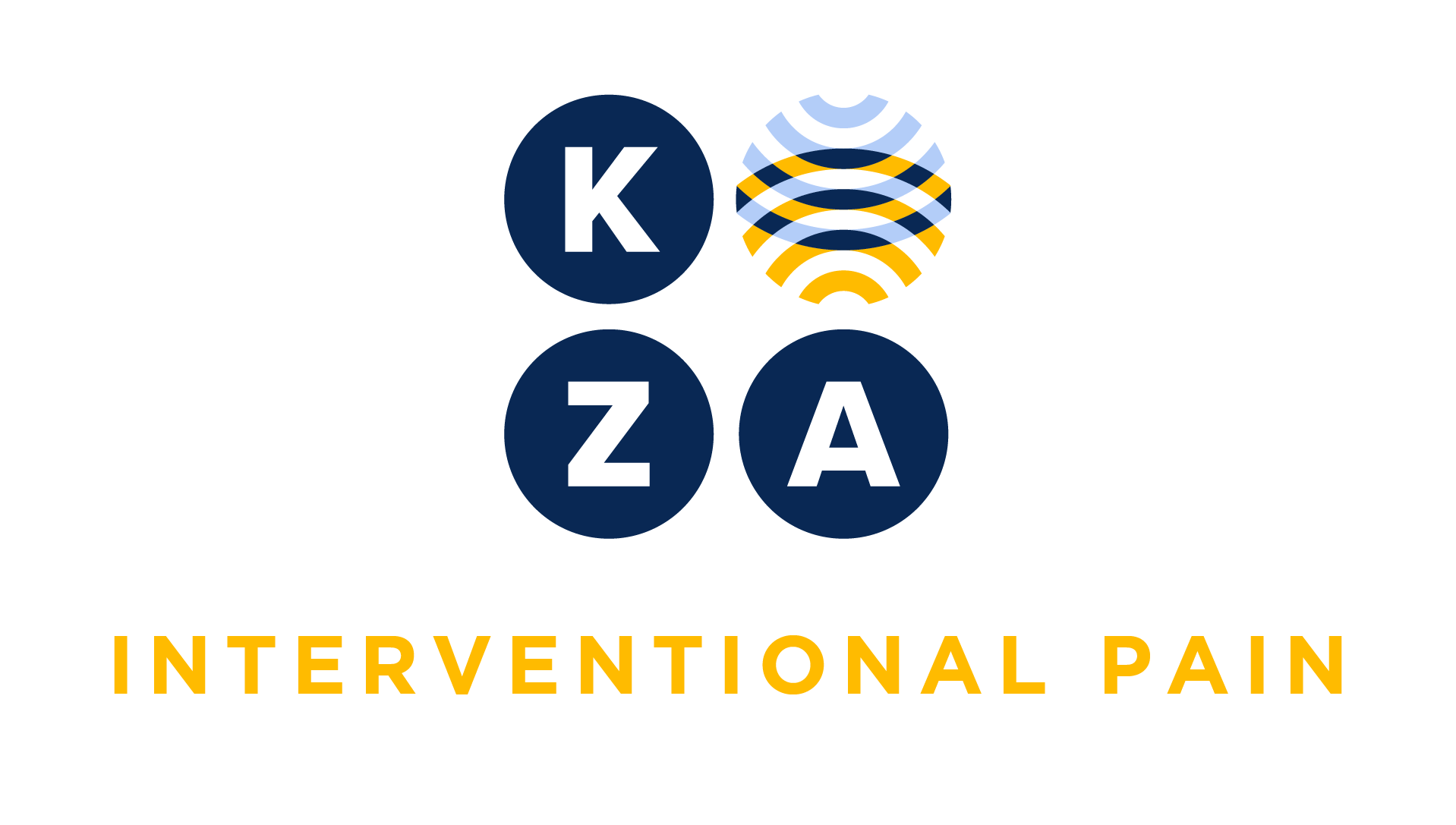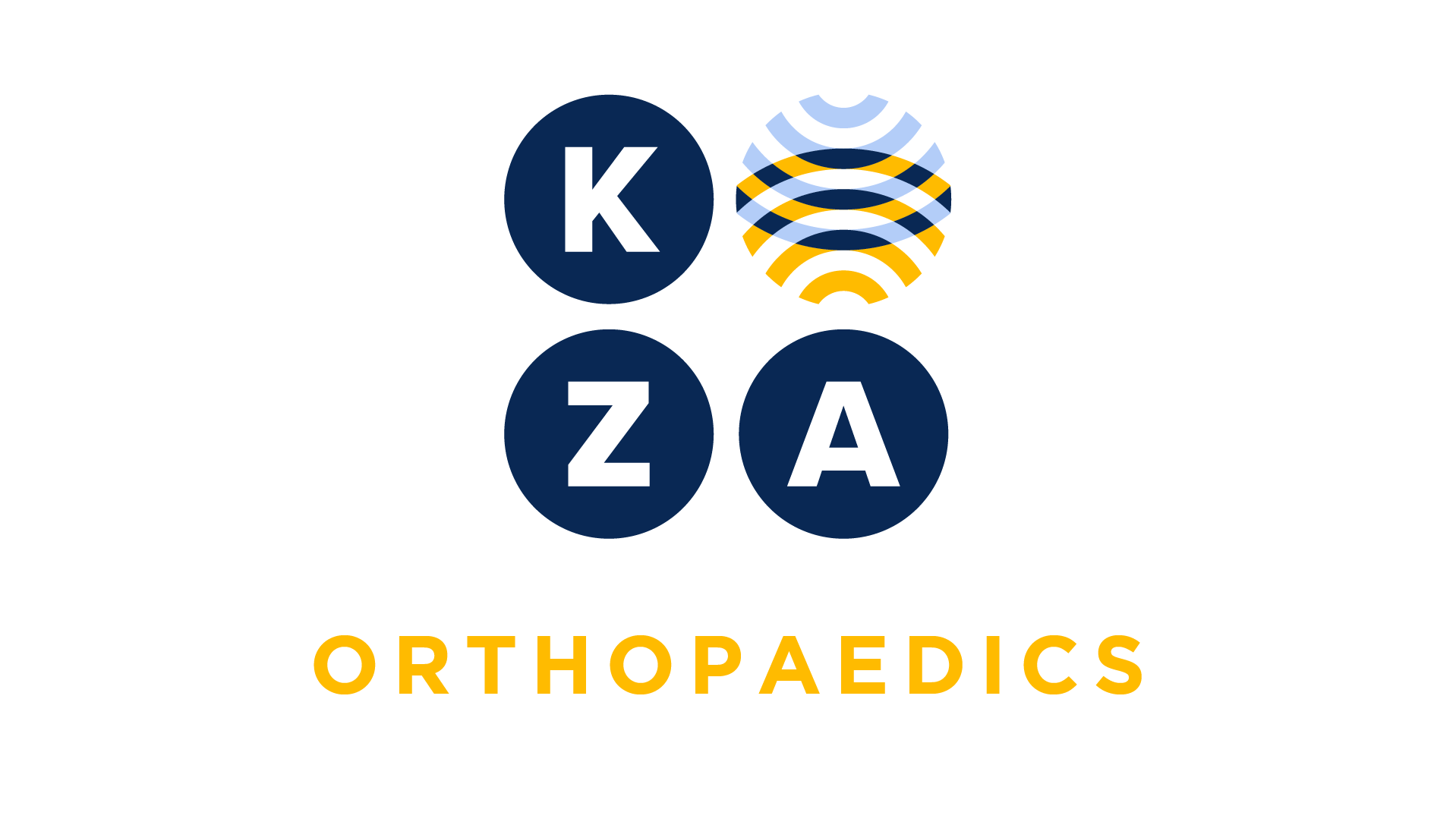
Choose your specialty from the list below to see how our experts have tackled a wide range of client questions.
Looking for something specific? Utilize our search feature by typing in a key word!
Foreign Body Versus Implant
What is the difference between an implant and a foreign body?
Question:
What is the difference between an implant and a foreign body?
Answer:
On page 90 of the Current Procedural Terminology (CPT) Professional Edition 2022, the definition was added to the guidelines. “An object intentionally placed by a physician or other qualified health care professional for any purpose (eg, diagnostic or therapeutic) is considered an implant. An object that is unintentionally placed (eg, trauma or ingestion) is considered a foreign body. If an implant (or part thereof) has moved from its original position or is structurally broken and no longer serves its intended purpose or presents a hazard to the patient, it qualifies as a foreign body for coding purposes, unless CPT coding instructions direct otherwise or a specific CPT code exists to describe the removal of that broken/moved implant.”
Implant vs Foreign Body
What is the difference between an implant and a foreign body?
Question:
What is the difference between an implant and a foreign body?
Answer:
On page 90 of the Current Procedural Terminology (CPT) Professional Edition 2022, the definition was added to the guidelines. “An object intentionally placed by a physician or other qualified health care professional for any purpose (eg, diagnostic or therapeutic) is considered an implant. An object that is unintentionally placed (eg, trauma or ingestion) is considered a foreign body. If an implant (or part thereof) has moved from its original position or is structurally broken and no longer serves its intended purpose or presents a hazard to the patient, it qualifies as a foreign body for coding purposes, unless CPT coding instructions direct otherwise or a specific CPT code exists to describe the removal of that broken/moved implant.”
*This response is based on the best information available as of 10/20/22.
Coding for Trigeminal Neuralgia #2
How is percutaneous ganglion balloon compression rhizotomy of the trigeminal nerve reported? The diagnosis was Trigeminal Neuralgia.
Question:
How is percutaneous ganglion balloon compression rhizotomy of the trigeminal nerve reported? The diagnosis was Trigeminal Neuralgia.
Answer:
This procedure is reported with an unlisted code, 64999. There is no CPT code for this percutaneous procedure.
*This response is based on the best information available as of 10/20/22.
Billing Separately for Diagnostic Angiograms
Our surgeon performed an aortogram with run-off to bilateral lower extremities. He then performed interventions in the left SFA and the left peroneal arteries. My question is regarding documentation of the diagnostic imaging Can he also bill for a diagnostic angiogram? What about catheterization to get there?
Question:
Our surgeon performed an aortogram with run-off to bilateral lower extremities. He then performed interventions in the left SFA and the left peroneal arteries. My question is regarding documentation of the diagnostic imaging Can he also bill for a diagnostic angiogram? What about catheterization to get there?
Answer:
Diagnostic imaging during lower extremity arterial revascularization procedures such as stent and atherectomy, may be separately billed at the same session as the intervention when:
- no previous diagnostic study is available,
- the prior study(ies) do not adequately to diagnose the disease or
- the patient’s condition changed either since the last study or during the procedure
Although CPT considers only catheter- based angiograms as a prior study, Medicare considers a CTA to be a prior diagnostic study. Catheterization is always bundled with lower extremity arterial interventions, including angioplasty, stenting or atherectomy.
Office Evaluation and Management Codes: Is a History Required?
My coder just told me that for Office E/M services I no longer have to document a History. This doesn’t seem right to me.
Question:
My coder just told me that for Office E/M services I no longer have to document a History. This doesn’t seem right to me.
Answer:
You are wise to ask because that’s not exactly true. It is correct that the History will no longer be used to select a new patient (9920x) or established patient (9921x) visit code. However, it is expected that you will document a “medically appropriate” (per CPT™ history for each encounter.
E&M Coding Based on Time
When choosing the level of E&M we are confused about the History and Exam. If we choose a level of E&M based on time, does this time count toward total time, or is it only time spent on MDM?
Question:
When choosing the level of E&M we are confused about the History and Exam. If we choose a level of E&M based on time, does this time count toward total time, or is it only time spent on MDM?
Answer:
When choosing a level of E&M based on time, CPT identifies the following activities as those that may contribute to total time on the date of service. As displayed below in bold font, obtaining the history and performing the exam contribute to the total time for code selection. These activities occur on the same day as the actual encounter to contribute to the level of service.
Physician/other qualified health care professional time includes the following activities when performed:
- preparing to see the patient (eg, review of tests);
- obtaining and/or reviewing separately obtained history;
- performing a medically appropriate examination and/or evaluation;
- counseling and educating the patient/family/ caregiver;
- ordering medications, tests, or procedures;
- referring and communicating with other health care professionals (when not separately reported);
- documenting clinical information in the electronic or other health record;
- independently interpreting results (when not separately reported) and communicating results to the patient/family/caregiver; and
- care coordination (when not separately reported).
These guidelines currently apply only to E/M codes 99202-99215 that are used in the office/outpatient setting.
source: CPT Assistant April 2022
Do you have a Coding Question you would like answered in a future Coding Coach?
If you have an urgent coding question, don't hesitate to get in touch with us here.






